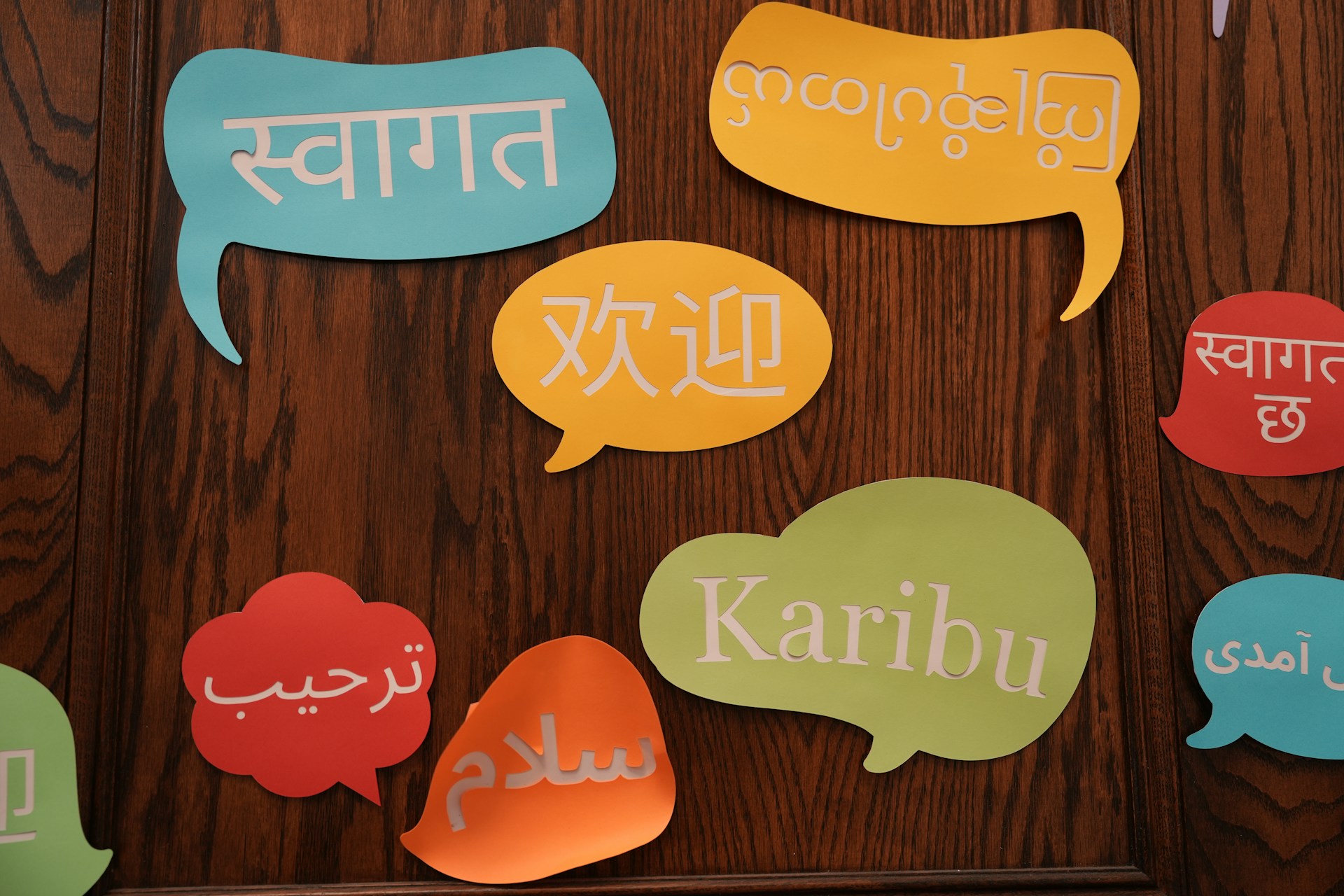Set Clear and Achievable Goals
When you start learning a new language, it’s easy to get lost in the excitement. But without clear goals, that enthusiasm can quickly turn into frustration. Instead of saying, “I want to speak French,” try breaking it down into smaller, more tangible targets. For example, aim to have a five-minute conversation in French by the end of three months, or learn 100 new words each month. These specific milestones give you something concrete to work toward, and they keep you motivated as you check off each one.
Create a Learning Routine You Can Stick With
Fluency doesn’t happen overnight, and that’s why consistency is key. Think about how you can fit language learning into your daily routine. Even if it’s just 15 minutes a day, that little bit of practice adds up over time. The trick is to make learning a habit. Maybe you practice vocabulary while waiting for your coffee in the morning, or listen to a podcast on your commute. Little by little, the more you make it part of your daily life, the more progress you’ll see.
Immerse Yourself in the Language Environment
The best way to learn a language is by surrounding yourself with it as much as possible. Sure, textbooks are great, but there’s something magical about hearing the language in context. Try watching movies or TV shows in your target language, listening to music, or even following social media accounts that use the language you’re learning. At first, it might seem like you’re not understanding much, but over time, the exposure will make the language feel less foreign and more intuitive.
Practice Speaking Regularly
Speaking is often the hardest part of language learning, but it’s also the most rewarding. You can read all the books and memorize all the vocabulary, but if you don’t practice speaking, fluency will remain out of reach. Don’t be afraid of making mistakes—everyone does, even native speakers. The key is to speak as often as possible, whether it’s with a language exchange partner, a tutor, or even talking to yourself in the mirror. The more you speak, the more natural it will feel.
Focus on Communication, Not Perfection
Many learners get caught up in trying to speak perfectly, but let’s face it—no one speaks perfectly all the time. The goal is communication. You don’t need to memorize every grammar rule or perfect your accent from the start. Just focus on being understood. If you’re making yourself clear, you’re on the right track. Don’t worry about perfection. As long as you’re engaging with the language, you’re making progress.
Leverage Technology to Accelerate Learning
We live in a time where technology can make language learning a lot easier. From apps like Duolingo and Memrise to language exchange platforms like HelloTalk and Tandem, there are tons of tools available to help you practice and improve. These platforms offer a variety of exercises, challenges, and even opportunities to chat with native speakers. Don’t be afraid to explore what works best for you—whether that’s a mobile app or a YouTube channel that helps you practice pronunciation.
Embrace the Power of Spaced Repetition
If you’re struggling to retain vocabulary, spaced repetition might be the solution. This technique involves reviewing words and phrases at increasing intervals, which helps cement them in your long-term memory. Apps like Anki or Quizlet use spaced repetition algorithms to make sure you review words right before you’re likely to forget them. It’s one of the most effective ways to make vocabulary stick, and it’s a game-changer for language learners.
Engage in Active Listening
Listening to the language you’re learning is just as important as speaking it. Active listening goes beyond passively hearing words—it’s about really focusing on what’s being said. Try listening to podcasts, watching YouTube videos, or even following radio stations in your target language. At first, you might not understand everything, and that’s okay. Over time, the more you listen, the easier it will be to pick up on the rhythms and nuances of the language.
Learn to Think in the Target Language
One of the biggest hurdles for language learners is translating in their head from their native language to their target language. This slows you down and makes speaking feel like a chore. The trick is to start thinking in your target language. Describe your surroundings, make to-do lists, or even talk to yourself in the language. It may feel awkward at first, but soon, it will become second nature.
Use Visuals and Mnemonics to Enhance Memory
Struggling to remember vocabulary? Try using images or mnemonic devices to make words stick. For instance, if you’re learning the Spanish word for “dog” (perro), imagine a dog chasing a “pear” (like the fruit) and say it out loud in your head. The more ridiculous the memory hook, the better! By connecting new words with images or funny stories, you’re making them easier to recall later.
Get Comfortable with Making Mistakes
Here’s a secret: mistakes are an inevitable—and necessary—part of language learning. If you’re not making mistakes, you’re not pushing yourself hard enough. Embrace your errors. They’ll teach you more about the language than any grammar book can. And the more you make mistakes and correct them, the more confident and fluent you’ll become.
Join Language Communities for Support and Motivation
Language learning can feel like a lonely journey at times, but it doesn’t have to be. Joining a community of learners or native speakers can provide you with the support and motivation you need. Whether you join online language forums, attend local meetups, or participate in language exchange programs, being part of a community will help you stay motivated and give you a chance to practice what you’re learning in real conversations.
Use Flashcards for Vocabulary Retention
Flashcards are one of the simplest yet most effective tools for building vocabulary. Whether you use paper flashcards or apps like Anki, these are perfect for drilling new words and phrases. The key is repetition—regularly reviewing your flashcards will keep the words fresh in your mind and help you retain them in the long term.
Incorporate Language Learning into Daily Activities
The more you can integrate language learning into your daily routine, the more natural it will feel. Try labeling items around your home in your target language, or write your grocery list in that language. You can also practice speaking while you’re doing daily chores or errands. By immersing yourself in the language throughout the day, you’ll keep your brain engaged and reinforce what you’ve learned.
Track Your Progress and Celebrate Milestones
Sometimes, it’s easy to feel like you’re not making any progress. But if you take a step back and look at how far you’ve come, you’ll realize just how much you’ve achieved. Celebrate the little wins along the way, whether it’s holding your first conversation, reading an article in the target language, or memorizing a new set of words. Tracking your progress will help you stay motivated and remind you that fluency is within reach.
Stay Patient and Persistent
Language learning is a marathon, not a sprint. There will be days when you feel like you’re not making progress, but trust the process. Stay persistent, keep practicing, and remember that fluency takes time. Celebrate the small victories and be patient with yourself. The more consistent you are, the faster you’ll get there.



